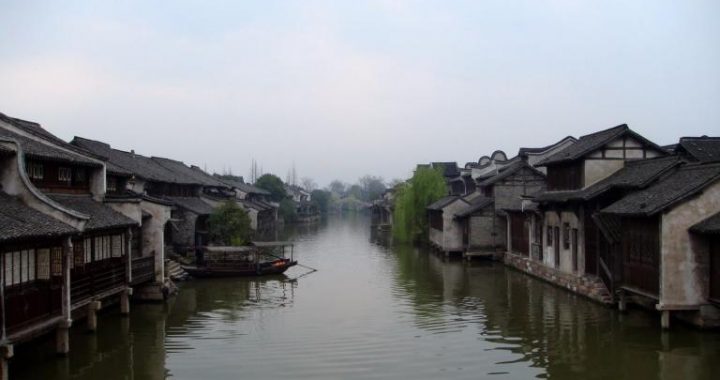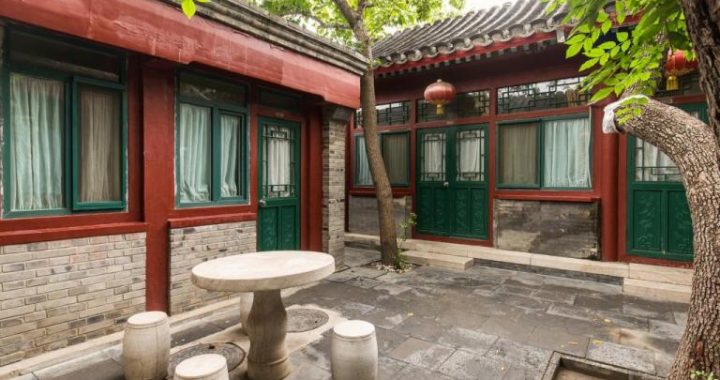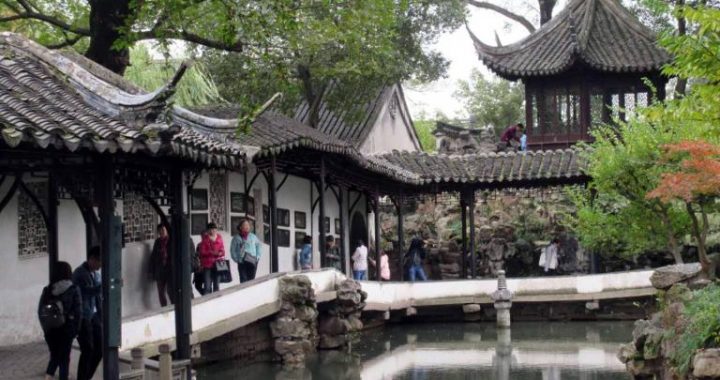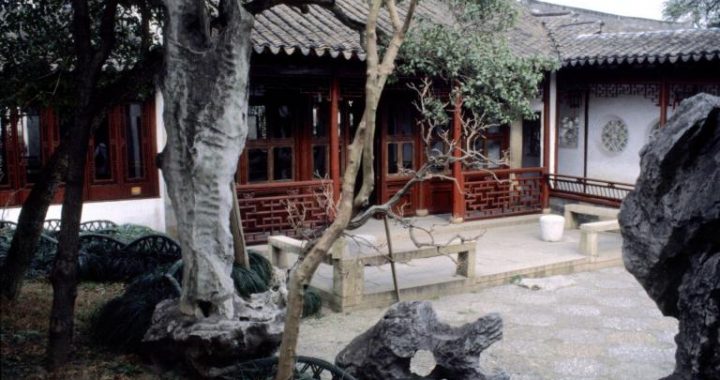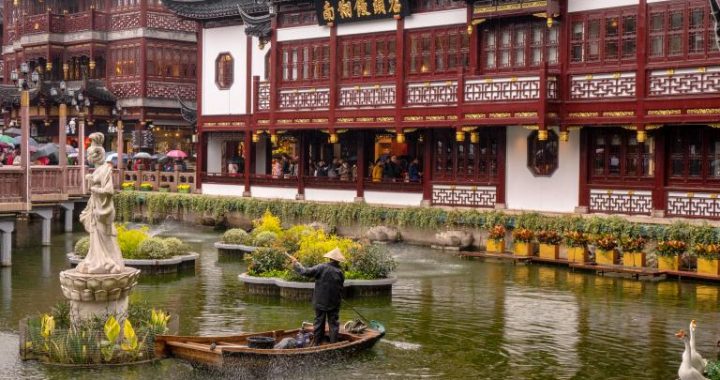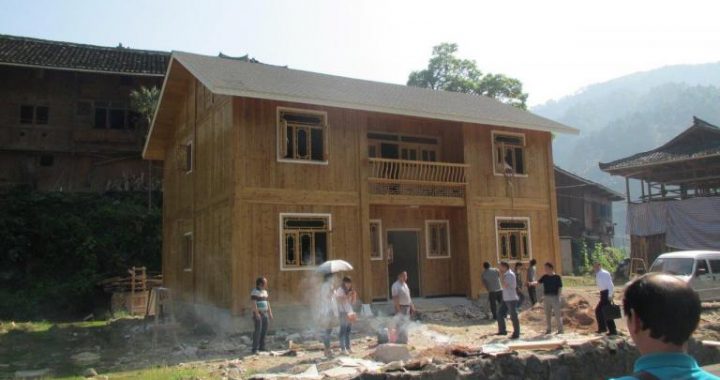Pagodas in ancient China
4 min readPagodas are a kind of ancient Buddhist buildings. The earliest pagoda in ancient India was the “stupa”(a Sanskrit word) housing the sarira(the grains formed by the cremated ashes of Buddha) of Sakyamuni, worshipped by believers as a symbol of Buddha.

Pagodas spread to China with Buddhism, but after spreading to China, the Indian “stupa”soon combined with Chinese indigenous pavilions to form Chinese-style pavilion pagodas: the pavilion was the lower part; the “stupa”representing Buddha called “pagoda finial”was enshrined high on top of the pagoda; sarira and later treasures such as Buddhist scriptures and Buddha statues were kept in the basement under the pagoda. On the basis of pavilion pagodas, forms such as multi-eave pagodas, flower pagodas, cross-street pagodas and pagoda gates emerged. Even lama pagodas and vajra-base pagodas that originated in India and less influenced by pavilions in Han areas and Burmese-style pagodas in the areas inhabited by Dai people in Yunnan had shapes and detailed decorations with many Chinese elements.
The earliest ancient Chinese pagodas mainly had wood structures.Because wood structures could not be preserved for long,brick-stone pagodas emerged in the Southern and Northern Dynasties,bronze-iron pagodas emerged after the Tang and Song dynasties,and glazed pagodas,porcelain pagodas,etc.
emerged after the Song Dynasty.Among the thousands of existing ancient pagodas in China,most are brick-stone pagodas.The most ancient existingwood pagoda is the Sakyamuni Pagoda in the Fogong Temple in Ying County Shanxi(built in the 21d year of the Qingning Period of the Liao Dynasty,i.e.1056 AD),which is still standing despite numerous earthquakes in the past nearly 1,000 years.The pagoda in the Songyue Temple in Dengfeng,Henan(built in the 4th year of the Zhengguang Period of the Northern Wei Dynasty,i.e.523 AD)is the earliest brick pagoda in China existing today and the only pagoda with a dodecagonal plane.
Independent single pagodas gradually evolved into pagoda groups consisting of two,three,five,eight and even more than one hundred pagodas.

For example,the pagoda forest in the Shaolin Temple in Dengfeng,Henan consists of more than 220 brick-stone pagodas with diversified forms andcarvings built in more than 1,000 years between the Tang Dynasty and the Qing Dynasty. It is a treasure for studying ancient brick-stone architecture and sculptural art.
Pagodas did not simply symbolize Buddha in China and had other uses and more and more cultural connotations. First of all, because Chinese ancient tall pavilions were used as sightseeing towers in the first place, this use continued after their combination with pagodas. After the Tang and Song Dynasties, climbing pagodas for sightseeing was more popular-for example, many famous poets climbed the Giant Wild Goose Pagoda(the Cien Temple Pagoda)in Xi’ an and wrote poems. Later, all successful candidates in the highest imperial examinations toured the Giant Wild Goose Pagoda and wrote poems, forming a trend. After becoming a successful candidate in the highest imperial examinations at the age of 19, Bai Juyi climbed this pagoda and wrote,”I am the youngest among the people who inscribed names on the Cien Pagoda.”
With the development of watchtowers,pagodas were naturally used for military purposes and travelling. For example, the 84-meter-high Liaodi Pagoda in Ding County, Hebei, the tallest Chinese ancient pagoda, was built by the Song Dynasty for defense against the Liao Dynasty in the north in the name of enshrining sarira but actually as a watchtower for observing enemy activities; the Liuhe Pagoda in Hangzhou was originally built to “control the great tide of the Qiantang River.”Located on the winding shore of the Qiantang River’s estuary, it played the important role as a lighthouse.”Ships sailing on the sea at night were guided by the lighthouse.”
Today, Chinese pagodas have become more a part of famous scenery. The white lama pagoda on the Qionghua Island in the Beihai Lake in Beijing designed by the Nepalese artisan Araniko has become the center of the whole picture of the Beihai Lake’s scenery. The three pagodas in the ChongshengTemple in Dali, Yunnan include one main pagoda and two auxiliary ones. The main pagoda is called the Qianxun Pagoda, and the auxiliary ones are the South Pagoda and the North Pagoda. They are collectively called “Three Pagodas in the Chongsheng Temple”or “Three Pagodas in Dali.”These three pagodas located at the foot of a green mountain and beside the Erhai Lake are a splendid famous scenic spot in Yunnan. The Leifeng Pagoda on top of the Nanping Hill beside the West Lake in Hangzhou is the background of the myth The Legend of the White Snake. It is said that the kindhearted Madame White Snake was imprisoned under this pagoda. In the Jiajing Period of the Ming Dynasty, Japanese pirates invaded Hangzhou and burned the Leifeng Pagoda to the broken brick core, which became one of the ten sights of the West Lake-“Leifeng Pagoda in the glow of the setting sun.”
In the second half of the 7th century AD,a new type of Buddhist architecture-Buddhist stone pillars-emerged. Buddhist stone pillars are octagonal memorial architecture inscribed with the Dharani Sutra for carrying forward Buddhist doctrines. There is only one Buddhist stone pillar in front of the Buddhist hall enshrining Maitreya and two or four in front of the hall enshrining Amitabha or the Medicine Buddha. They first emerged in the Tang Dynasty and reached a peak in the Northern Song Dynasty. The Buddhist stone pillars of the Northern Song Dynasty in Zhao County, Hebei are most representative among the existing Buddhist stone pillars.

